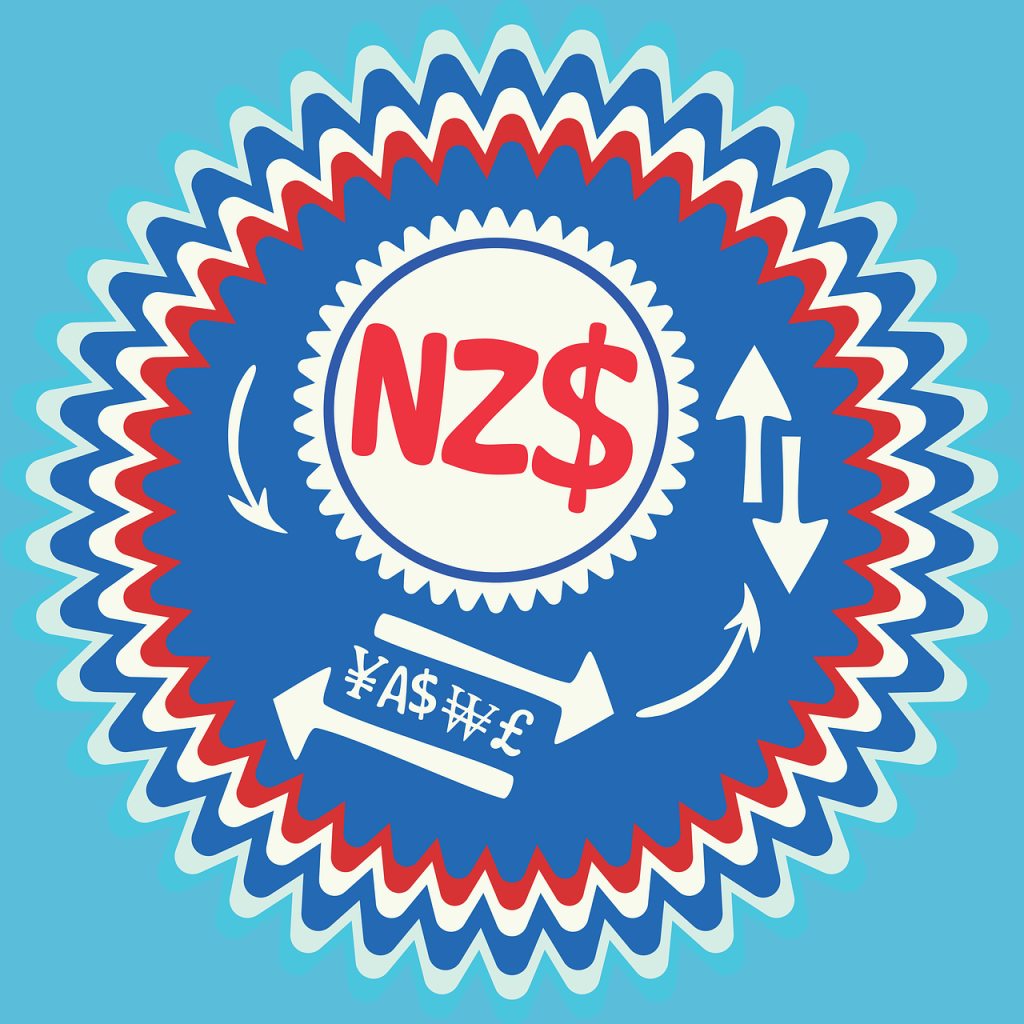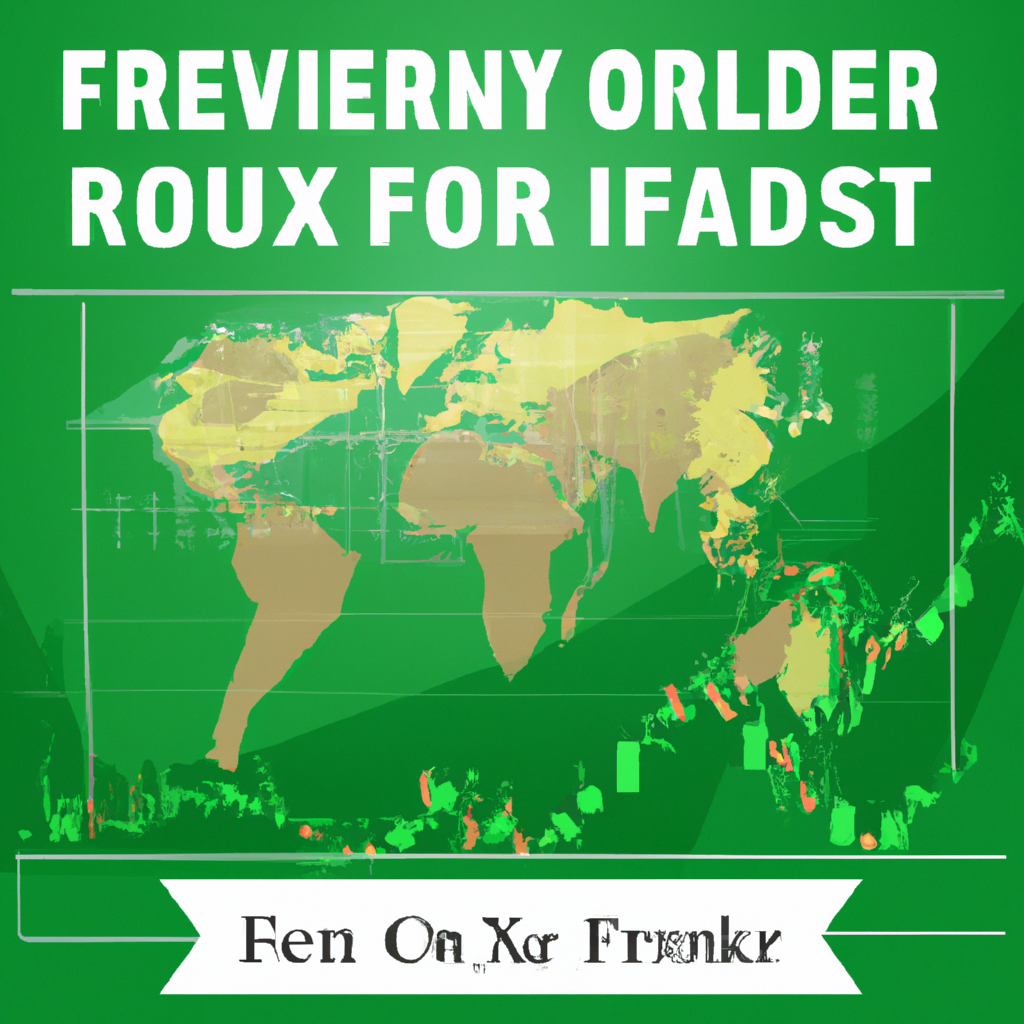Are you a beginner looking to make money with forex trading? Look no further! This beginner’s guide will provide you with all the essential information you need to get started. From understanding the basics of forex trading to learning effective strategies, we’ve got you covered. Whether you’re interested in fx trading, forex trading, or trading foreign exchange, this guide will equip you with the necessary knowledge and skills to succeed. So, get ready to embark on your forex trading journey and start making money in no time!
Understanding Forex Trading

What is Forex Trading?
Forex trading, or foreign exchange trading, is the buying and selling of currencies in order to make a profit. It is the largest financial market in the world, with trillions of dollars being traded every day. Unlike other markets, such as the stock market, forex trading operates 24 hours a day, 5 days a week, allowing you to trade at any time convenient for you.
How Does Forex Trading Work?
Forex trading involves speculating on the movement of currency pairs. A currency pair consists of two currencies, the base currency and the quote currency. For example, in the EUR/USD currency pair, the euro is the base currency and the US dollar is the quote currency. The value of a currency pair fluctuates constantly due to various factors such as economic news, geopolitical events, and market sentiment.
To participate in forex trading, you need to open a trading account with a forex broker. The broker provides you with a trading platform where you can execute your trades. You can buy or sell currency pairs based on your analysis and predictions of their future movements. If your prediction is correct, you can make a profit. If not, you may incur losses.
The Benefits of Forex Trading
Forex trading offers several benefits that make it an attractive option for many traders. Firstly, the forex market is highly liquid, meaning that you can enter and exit trades easily without the risk of getting stuck with a position. Additionally, the market is highly volatile, providing numerous opportunities to make profits in both rising and falling markets.
Furthermore, forex trading allows you to use leverage, which means that you can trade with more money than you actually have in your account. This can amplify your profits, but it is important to use leverage responsibly as it can also increase your losses. Lastly, the forex market operates globally, allowing you to trade currencies from all over the world and potentially take advantage of different time zones for profitable trading opportunities.
Getting Started with Forex Trading
Setting Up a Forex Trading Account
To begin forex trading, you first need to set up a forex trading account with a reputable broker. Research different brokers and consider factors such as regulation, customer support, trading platforms, and fees before making a decision. Once you have chosen a broker, you will need to provide essential personal and financial information to open your account.

Choosing a Reliable Forex Broker
Choosing a reliable forex broker is crucial for your trading success. Look for brokers that are regulated by reputable regulatory bodies such as the Financial Conduct Authority (FCA) in the UK or the National Futures Association (NFA) in the United States. Regulation ensures that the broker operates within certain standards and safeguards your funds.
It is also important to consider the trading platforms offered by the broker. Look for user-friendly platforms that provide advanced charting tools, real-time market quotes, and access to relevant news and analysis. Additionally, consider the fees and commissions charged by the broker, as these can affect your profitability in the long run.
Understanding Forex Trading Platforms
Forex trading platforms are software applications provided by brokers to facilitate trading. These platforms allow you to execute trades, analyze market data, and monitor your positions. Familiarize yourself with the features and functionalities of the trading platform offered by your broker. Practice navigating the platform and placing trades before you start trading with real money.

Demo Trading vs. Live Trading
Most forex brokers offer demo accounts that allow you to practice trading using virtual money. Demo trading is a great way to familiarize yourself with the forex market, test trading strategies, and gain confidence without risking real money. Use the demo account to practice executing trades, analyzing charts, and managing your positions.
Once you feel comfortable with your trading skills, you can move on to live trading. Live trading involves using real money to execute trades. Start with a small amount of capital that you can afford to lose and gradually increase your trading size as you gain experience and confidence. Emotions can play a significant role in trading, so it is important to manage them effectively.
Managing Your Trading Capital
Properly managing your trading capital is essential for long-term success in forex trading. Determine how much capital you are willing to risk on each trade and set a stop-loss to limit potential losses. It is generally recommended to risk only a small percentage of your capital on each trade, typically no more than 2-3%.
Additionally, diversify your trading portfolio by trading different currency pairs. This can help spread your risk and minimize the impact of potential losses. Regularly review your trading performance and adjust your position sizes accordingly. Keep in mind that conservative risk management is crucial to protect your capital and sustain your trading career.
Learning the Basics of Forex Trading

Understanding Currency Pairs
In forex trading, currency pairs are quoted as exchange rates. Each currency pair consists of a base currency and a quote currency. The base currency is the first currency in the pair, while the quote currency is the second currency. For example, in the EUR/USD currency pair, the euro is the base currency and the US dollar is the quote currency.
Currency pairs are always quoted in relation to one another, and their prices are affected by various factors such as economic indicators, political events, and market sentiment. Traders need to understand the relationship between the two currencies in a pair to predict their future movements accurately.
Reading Forex Quotes
Forex quotes are displayed in pairs, with the first currency being the base currency and the second currency being the quote currency. The quote currency represents the value of one unit of the base currency. For example, if the EUR/USD currency pair is quoted as 1.1200, it means that one euro is equal to 1.1200 US dollars.
Understanding forex quotes is essential for placing trades and calculating profits and losses. When you buy a currency pair, you hope that the base currency will strengthen against the quote currency. Conversely, when you sell a currency pair, you expect the base currency to weaken against the quote currency.

Calculating Profits and Losses
Calculating profits and losses in forex trading is relatively straightforward. When you buy a currency pair, you profit when the value of the base currency rises against the quote currency. Conversely, when you sell a currency pair, you profit when the value of the base currency falls against the quote currency.
To calculate your profit or loss, you need to consider the pip value, which is the unit of measurement for changes in currency prices. The pip value is determined by the lot size and the exchange rate. For example, if you buy 1 lot of EUR/USD and the exchange rate moves from 1.1200 to 1.1250, it means that the currency pair has moved 50 pips, and you make a profit.
Analyzing Market Trends
Analyzing market trends is an essential skill for forex traders. By studying historical price movements, traders can identify recurring patterns and potential trading opportunities. There are two primary types of market analysis: technical analysis and fundamental analysis.
Technical analysis involves studying price charts, patterns, and indicators to predict future price movements. Traders use various tools such as moving averages, trend lines, and oscillators to identify trends and entry and exit points. On the other hand, fundamental analysis involves evaluating economic indicators, news releases, and geopolitical events to assess the overall health of an economy and its currency.
Both technical and fundamental analysis play important roles in forex trading. Successful traders often use a combination of both approaches to make informed trading decisions.
Continue to Part 2


